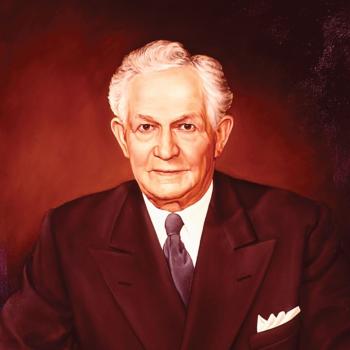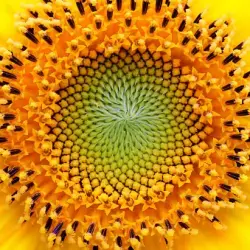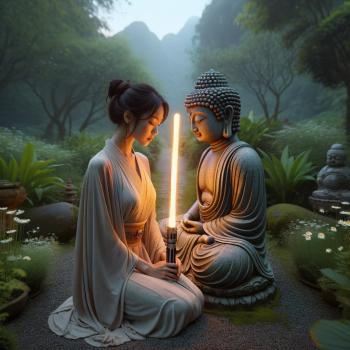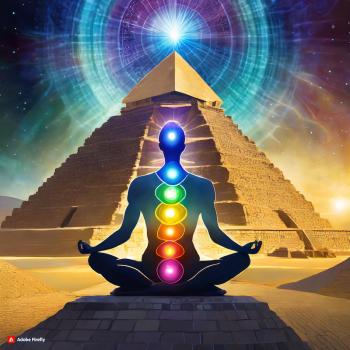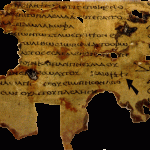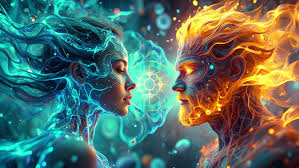
In the landscape of global mystical traditions, one encounters a recurring motif: the interplay between an eternal masculine principle of light or consciousness and a feminine force of wisdom, creativity, and manifestation. In Christian esotericism, this dance unfolds between the Christ Logos and the Divine Sophia. In Hindu metaphysics, it is the dynamic interplay between Purusha (Spirit) and Shakti (Power). Though their languages differ, both traditions articulate a vision of divine reality in which the masculine and feminine are not oppositional forces but essential counterparts—each incomplete without the other.
This article explores the profound resonances between these two sacred dyads: Christ Logos and Divine Sophia, Purusha and Shakti. By examining their cosmological origins, spiritual functions, and roles in human transformation, we discover a shared metaphysical vision—and a sacred invitation to inner integration.
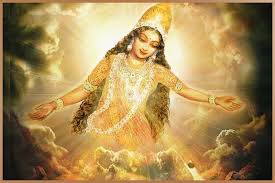
The Christ Logos: Cosmic Word and Spiritual Sun
In the esoteric Christian tradition, particularly through the teachings of Rudolf Steiner and Stylianos Atteshlis (known as Daskalos), the Logos is the eternal, divine principle of truth, order, and creative power. Originating from the unmanifest Father or Absolute, the Logos is described as the Second Person of the Trinity—not created, but begotten. In the Gospel of John, this idea is rendered poetically: “In the beginning was the Word (Logos), and the Word was with God, and the Word was God.”
Steiner taught that the Christ Being—identified with the Logos—once resided in the spiritual Sun. Long before the Earth came into being, Christ guided the evolution of humanity from beyond, offering light and spiritual direction. In what Steiner called the “Turning Point of Time,” the Logos entered directly into human history by incarnating in Jesus of Nazareth, thereby uniting cosmic divinity with human destiny. Through this act, the Logos became not only the redeemer of matter but the indwelling spiritual presence accessible to every human being.
For Daskalos, the Logos was not merely a metaphysical idea but a living, conscious being who emanates from the Absolute (the Father) and works through creation to awaken the divine spark within each soul. In both teachings, the Logos serves as the bridge between the unmanifest and the manifest—the pathway by which human beings are led back to their divine origin.
The Divine Sophia: World Soul and Feminine Wisdom
Running parallel to the Logos in esoteric Christianity is the figure of Divine Sophia, often referred to as Holy Wisdom. Unlike mainstream Christianity, which often marginalizes Sophia or conflates her with human wisdom, esoteric Christianity regards her as a real spiritual being—the feminine counterpart to the Logos.
Sophia is not simply knowledge or intelligence; she is the soul of the world, the anima mundi, the womb of all becoming. In Gnostic literature, Sophia emanates from the Pleroma (the fullness of divine being) and becomes entangled in creation. Her story is one of longing, exile, and return—a cosmic echo of the human soul’s journey. For Rudolf Steiner, Sophia is the spiritual archetype behind the Virgin Mary, the vessel pure enough to receive and birth the Christ.
Sophia operates not by descending into one historical body in the way that Christ does, but by permeating the intuitive, moral, and imaginative faculties of human beings. She is the light in the mind that sees clearly and the silence in the heart that listens deeply. If the Logos is the seed, Sophia is the fertile soil; if the Logos is the path, Sophia is the inner compass.
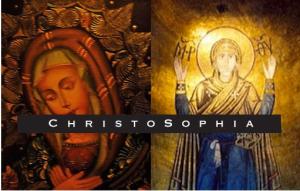
Purusha and Shakti: The Hindu Parallel
In Hindu cosmology, a strikingly similar duality governs the metaphysical structure of reality. Purusha represents pure consciousness—the silent, witnessing spirit. Shakti is the dynamic, creative energy that gives form and movement to that consciousness. According to the Samkhya school of philosophy and many yogic traditions, Shakti cannot exist without Purusha, and Purusha cannot be known without Shakti.
Shakti is personified in many forms: Kali, Durga, Saraswati, Lakshmi. She is the goddess, the mother, the power of speech, thought, and evolution. She is also Kundalini, the latent energy coiled at the base of the spine, which rises through the chakras to merge with Shiva (another name for Purusha) at the crown.
This inner ascent—Kundalini rising—is the symbolic marriage of Shakti and Shiva, or energy and consciousness. Just as Sophia and the Logos must be united within the soul, Shakti must rise to meet Purusha for the soul to awaken.
Inner Alchemy: The Marriage of Spirit and Wisdom
What unites these traditions is not just theological poetry but a practical mystical roadmap. Whether one calls them Logos and Sophia or Purusha and Shakti, these twin principles operate not only in the cosmos but within the human being. The human soul, in this light, is a vessel for spiritual alchemy: the inner marriage of masculine clarity and feminine wisdom, of transcendent purpose and immanent compassion.
In Steiner’s view, the Christ now lives in the etheric world, and Sophia is returning through the moral imagination of spiritually awakened individuals. Their union is not automatic; it requires human cooperation—a consciously chosen path of initiation, meditation, and love.
In the yogic framework, the rise of Shakti through disciplined spiritual practice leads to liberation (moksha), the realization that one’s soul (Atman) is none other than the eternal spirit (Brahman). Here again, union is the key—a merging of two complementary aspects of divine reality within the seeker.
Contemporary Relevance
In a fragmented world hungry for balance, this sacred union of spirit and wisdom offers more than just metaphysical interest. It presents a template for wholeness—personally, culturally, and cosmically.
- For the individual, it’s a call to integrate reason with intuition, action with contemplation, leadership with compassion.
- For culture, it is a correction to the overemphasis on intellect, productivity, and control—a re-invitation to reverence, receptivity, and co-creation.
- For spirituality, it is the end of the old binary: not a return to matriarchy over patriarchy, but a transcendent synthesis—a world where Logos and Sophia, Purusha and Shakti, move together in divine harmony.
Final Reflection
The mystics across time and tradition have told us something simple yet profound: the Divine is not one but two in one. Whether called Sophia and Logos, or Shakti and Purusha, these sacred polarities reflect the deepest structure of both cosmos and consciousness.
And within each of us, they await recognition. Not just as distant archetypes, but as living forces—calling us to awaken, to harmonize, and to become whole.
To walk the path of wisdom is to let Sophia rise. To walk the path of truth is to follow the Logos. And to walk the path of liberation is to let them unite—in the sacred temple of your soul.



